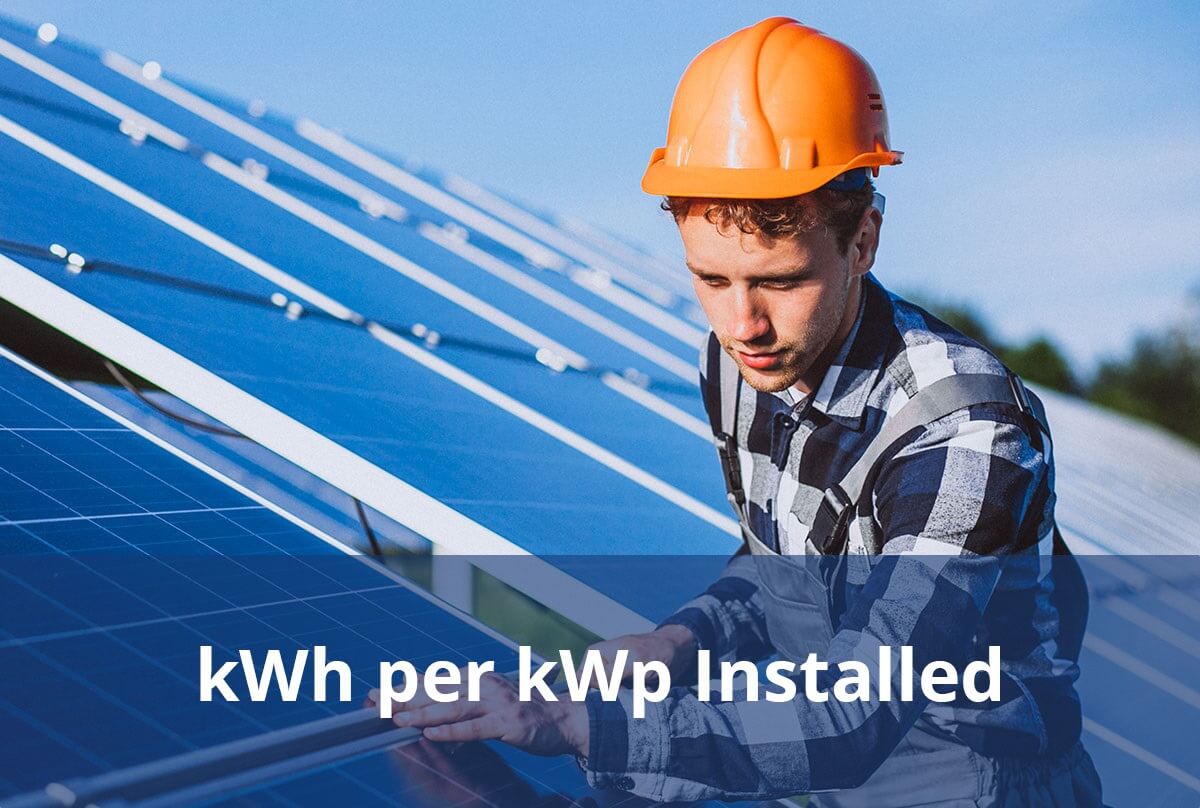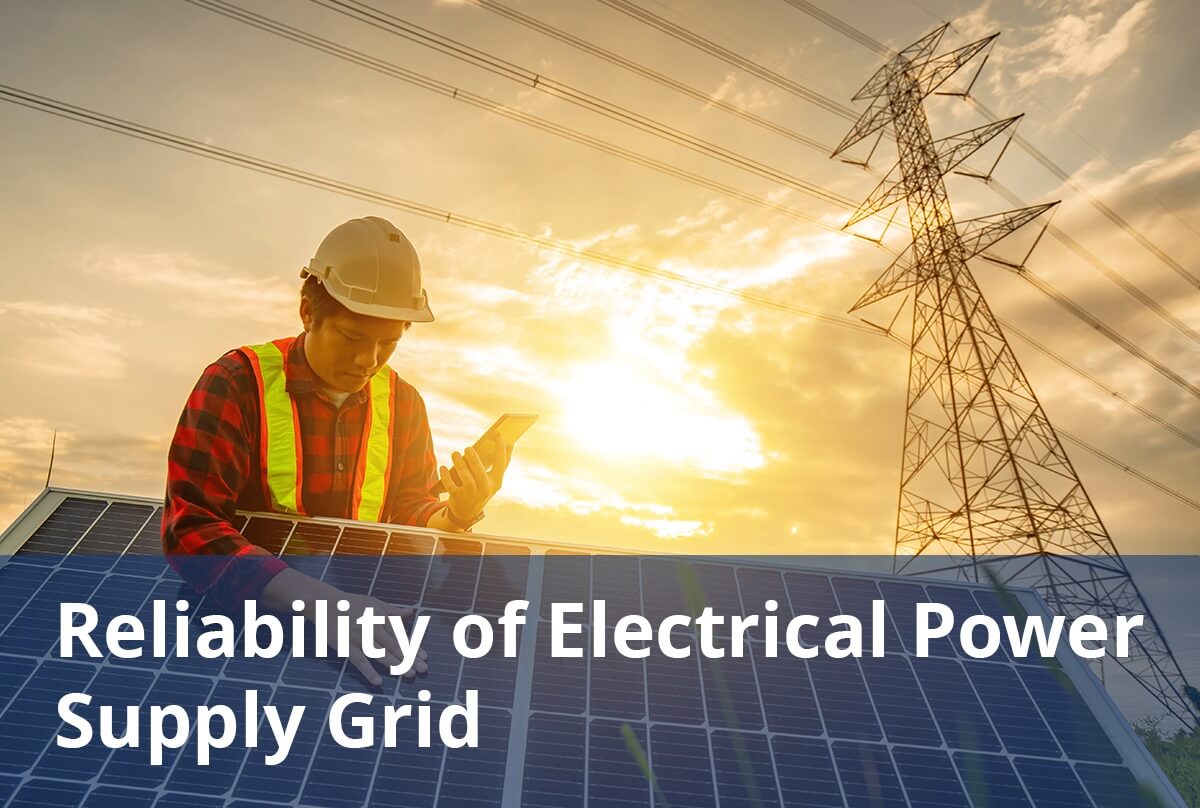Gain comprehensive insights into the statistics and metrics surrounding the solar production industry in China

Sign Up Below to Access Our FREE Solar Module Production E-Course
China Solar Report
Gain comprehensive insights into the statistics and metrics surrounding the solar production industry in China
Key points
Yearly sunshine (sun hours per year)
Annual sunshine hours fluctuate due to the high geographical variation across the cities in China, ranging from less than 1,000 hours in regions like Sichuan and Chongqing to over 3,000 hours in areas such as Xinjiang, Qinghai, and Golmud.
The average daily sunshine hours are greatest in Lhasa, with 6.70 h, and is smallest in Guiyang, with 2.84 h


kWh per kWp installed
The average yield for solar PV installed in China is approximately around 1300 kWh/kWp annually.
Average cost per kWh from utility company
As of December 2023, the price of electricity for households is $0.075 USD per kWh while the electricity price for businesses is $0.087 USD per kWh.


Reliability of electrical power supply grid
Despite operating the world’s largest electricity grid, China faces significant challenges in maintaining power supply reliability. The immense scale and complexity of its power network have hindered efforts to achieve the same level of reliability as seen in developed countries.
Detailed Information
As of the end of March 2024, China’s cumulative installed solar PV capacity reached around 660 GW.
China’s cumulative solar PV capacity will reach over 700 GW by 2024 and increase to close to 900 GW by the end of 2025, before topping 1 TW in 2026.
Wind power: As of the first half of 2023, levelized cost of electricity (LCOE) for onshore wind projects is USD $23/MWh. For offshore wind, the cost of electricity is about USD $23/MWh in 2022.
Solar PV: As of 2021, the levelized cost of energy (LCOE) in China from solar and storage sources was around $94.8/MWh
Coal: The average price of electricity produced by coal-fired power units across China was $53.32/MWh in 2018.
Electricity is generally available 24 hours daily in China. However, there can be occasional power shortages or restrictions, especially during peak demand periods or due to regional issues.
By July 2021, China’s cumulative installed residential PV capacity had reached more than 30 GW, with a total of 1.864 million residential units hosting solar PV systems.
According to publicly available records, there are about 12,729 installed and projected solar farms in China.
The Chinese government has implemented policies prioritizing decentralized solar photovoltaic (PV) systems over utility-scale solar projects. This strategic shift is evident in the growth of distributed solar, which contributed 15.5 GW to the 48.2 GW of new PV installations in 2020. Projections indicate that distributed solar could account for 25 GW of new capacity in 2021 as market penetration continues to expand.
Current Demand: As of the end of March 2024, China’s cumulative installed solar PV capacity reached around 660 GW
Projected Demand: The Chinese solar energy market is expected to record a compound annual growth rate (CAGR) of more than 15% between 2024 and 2029.
Solar engineer: A person working as a solar engineer in China typically earns around $3,682.55 USD. Salaries range from $1,696.46 USD (lowest) to $5,830.61 USD (highest).
Solar PV Installer: The average salary range for a Solar PV Installer in China is between $17,114.25 USD and $28,818.57 USD per year and $11.45 USD an hour.
Project manager: The average salary for a Project Manager in the solar PV industry in China typically ranges from $18,000 to $25,000 USD annually, depending on factors like skills, experience, and education.
As of July 2024, the current population of China is 1,425,140,904.
Factory rent/mortgage
The average rent for factory buildings in China varies based on region and size. The average factory rent ranges between $25-85 USD per square meter.
Utilities (electricity, water, etc)
Equipment maintenance
This includes costs for regular maintenance, repairs, and replacements of parts over the lifespan of the solar equipment.
Administrative costs
Research and development
The cost of research and development varies depending on the manufacturer’s expertise, experience, and the degree of innovation of its solar panels.
Total Installed Capacity
In 2023, China’s installed electric generation capacity totaled 2.92 terawatts. Renewable energy sources comprised 1.26 terawatts of this capacity, with wind power contributing 376 gigawatts and solar power generating 425 gigawatts. The remaining capacity was predominantly derived from coal-fired power plants.
Electricity Generation
China’s electricity generation is predominantly reliant on fossil fuels, with coal comprising 63% of the energy mix in 2022. While the nation continues to expand its coal power infrastructure, a concurrent shift in investment towards clean energy initiatives is underway to mitigate pollution and carbon emissions.
Electricity Consumption
China has a total consumption of 6.875 trillion kWh of electric energy per year. Per capita this is an average of 4,873 kWh. China is self-sufficient with domestically produced energy. The total production of all electric energy producing facilities is 7.2 trillion kWh, which is 105 percent of the country’s own usage.
Grid Infrastructure
China’s electricity is divided between two large interconnected power grids: one operated by the State Grid in the north and another by China Southern Power Grid in the south. While the northern grid was unified in 2005, the entire country’s power system was interconnected by 2011. The two main grids are linked together using high-voltage direct current (HVDC) technology.
Huanghe Hydropower Hainan Solar Park
Tengger Desert Solar Park
Datong Solar Power Top Runner Base
Yanchi Ningxia Solar Park
Longyangxia Dam Solar Park
Golmud Solar CSP Power Plant
Qamdo Markam Angduo Photovoltaic Power Plant
Mengcun County Rooftop Distributed PV Plant Phase
Jinko solar
The company is an integrated photovoltaic enterprise specializing in the research, development, and production of solar products. They offer comprehensive clean energy solutions built upon their core products which are; silicon wafers, solar cells, and solar modules.
Zhejiang Chint Electrics Co Ltd
The company specializes in the research, development, manufacturing, and distribution of low-voltage electrical products. Its product range encompasses power transformers, gas-insulated switchgear, capacitors, insulators, cut-out fuses, and other related items. The company offers comprehensive solutions for power transmission and distribution, electric power generation, solar energy systems, and traffic control.
JA SOLAR TECHNOLOGY
The company manufactures solar power products that convert sunlight into electricity. Their products include photovoltaic modules, power supply systems, and other solutions for residential, commercial, and utility-scale power generation.
Trina Solar Ltd.
Trina Solar Co Ltd is a key player in the photovoltaic industry in China. The company specializes in the production and sale of solar modules. Additionally, Trina Solar is involved in the development and operation of many solar power plants in the country.
Yingli Green Energy Holding Co Ltd
The company specializes in the entire solar value chain. This encompasses the conceptualization, creation, promotion, production, deployment, and distribution of photovoltaic products. The company’s offerings span the production of polysilicon ingots and wafers, solar cells, solar modules, and comprehensive solar systems. Additionally, they engage in the development and management of solar energy projects.
LONGi
LONGi Green Energy Technology is a global leader in the solar industry. In 2023, the company produced a substantial 127.5 gigawatts of solar silicon wafers and 72.8 gigawatts of solar modules. Solar silicon wafers and modules collectively contributed to 19% and 77% of the company’s total revenue for the year.
Solar News Related to China

Your First Step In Solar Production
In 2021, the global market size of solar power was valued at 167.83 billion USD, and it is projected to grow from 234.86 billion USD in 2022 to 373.84 billion USD by 2029, exhibiting a CAGR of 6.9% during the forecast period.

Premium Business Plan E-Course:
3 Weeks to a Perfect Solar Module Production Line
Low and High Budget Solar Panel Production Service

Turnkey Services:
We take care of all the planning and services needed for your turnkey solar module production line

Premium Support for Solar Panel Production Line
Solar Power Plant Service
We can help you start your own solar module production company. With our 100% turnkey service, we will deliver the needed machines, do a technology transfer, provide expert and excellent support, and help you with the know-how needed to start even if you don't have any previous experience in this industry.
Session expired
Please log in again. The login page will open in a new tab. After logging in you can close it and return to this page.